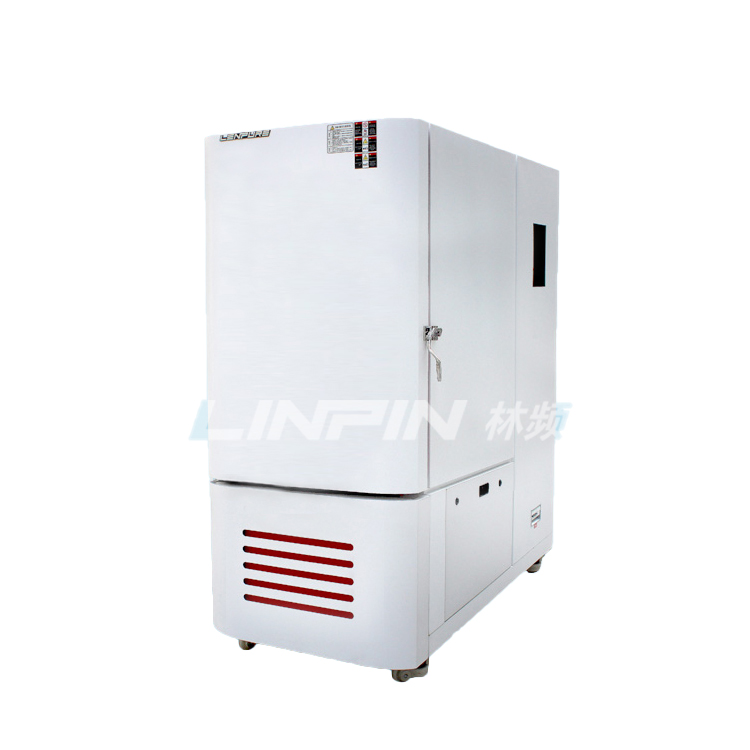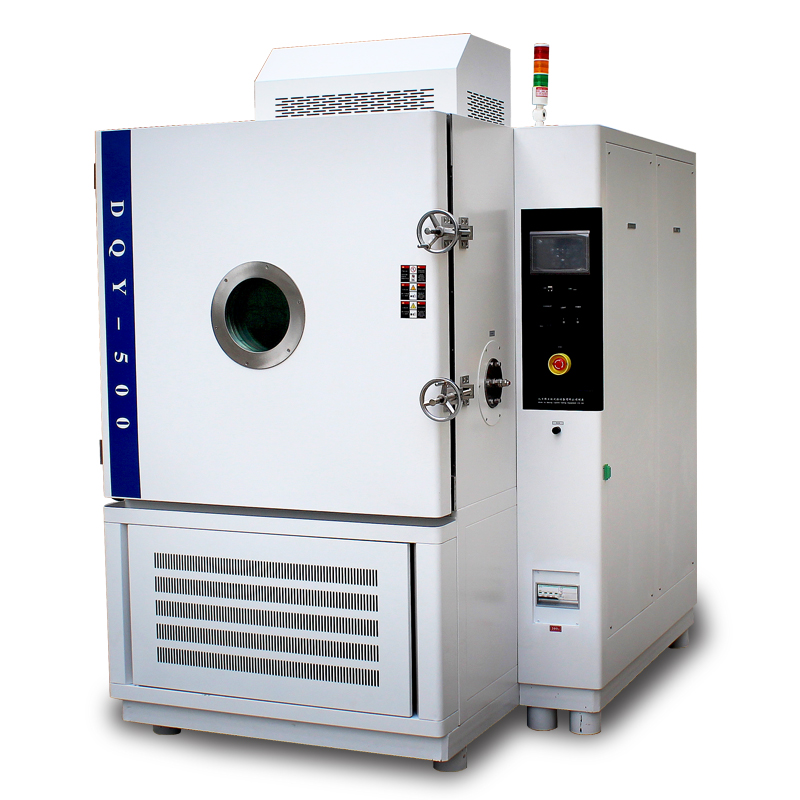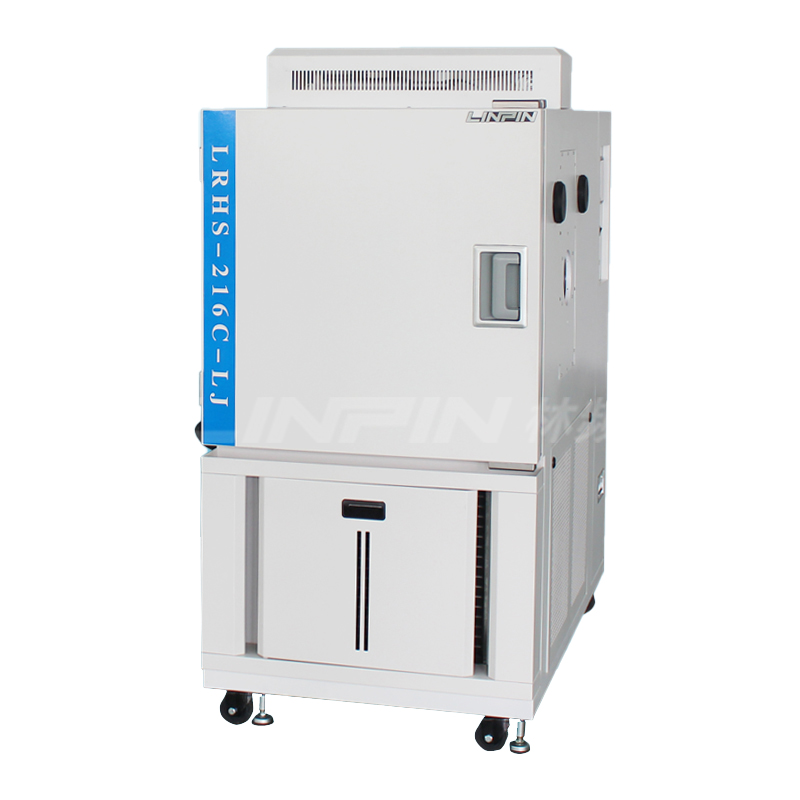Walk-in Temperature & Humidity Alternating Test Chamber – Product Introduction
Author:LINPIN Update Time:2025-08-11 Source:LINPINPrimarily designed for defense, aerospace, automotive components, automation parts, electrical & electronic devices, plastics, chemicals, pharmaceuticals, and other industries—especially where high-volume or large-sized specimens must be tested. The chamber determines the parameters and performance of electrical, electronic, and other products and materials after exposure to high temperature, low temperature, alternating humidity, or constant-climate conditions. It reliably handles heat- and cold-resistance tests as well as providing a large-scale temperature and humidity test environment for large parts, semi-finished goods, and finished products.
Operating Principle
-
The Walk-in Temperature & Humidity Alternating Test Chamber reproduces common natural environmental conditions, then combines and intensifies them to create test conditions that are several times more severe than those found in nature, enabling rapid evaluation of specimen performance.
-
Under high-temperature/high-humidity conditions, the injected steam may not fully mix with the air or may contact the chamber walls and condense locally. This reduces the amount of added steam while releasing latent heat, causing the humid air temperature inside the chamber to rise.

Six Key Maintenance Guidelines
-
Keep the chamber and its workspace clean at all times. Before long-term storage, thoroughly clean the entire machine, dry the workspace, empty all water tanks and troughs, and protect the chamber from dust.
-
Periodically remove dust from the electrical control system; inspect all control and actuator components for looseness or jamming, and verify that all wiring is securely connected. Perform a safety inspection before reusing the chamber after long-term storage.
-
Remove any internal debris before operation. Clean the distribution panel at least once a year using a vacuum cleaner to eliminate accumulated dust.
-
Replace the water in the built-in humidifier reservoir monthly to ensure cleanliness, and clean the test water tray monthly to maintain proper water flow.
-
Service the condenser monthly. Use a vacuum cleaner to remove dust from the condenser fins or blow it away with compressed air.
-
Install the chamber in a well-ventilated location. During operation, keep it away from flammable or explosive materials, strong magnetic fields, and severe vibration sources.





